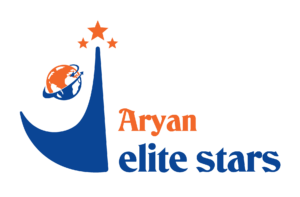Cardboard boxes and laminated cardboard are widely used packaging materials due to their versatility, durability, and eco-friendly nature. Here’s an overview of the production processes and merits of using these materials:
Production Processes
- Papermaking: The process begins with the production of paper from wood pulp or recycled materials.
- Board making: Multiple layers of paper are combined to form a board, with the desired thickness and strength.
- Cutting and creasing: The board is cut and creased according to the box’s design specifications.
- Printing: The box’s surface is printed with desired graphics, logos, and information.
- Lamination (for laminated cardboard): A thin layer of plastic or aluminum foil is bonded to the cardboard to improve its barrier properties.
- Finishing: The box is glued, stapled, or taped to form the final shape.
Merits of Cardboard Boxes and Laminated Cardboard
- Versatility: Cardboard boxes can be customized to fit various product shapes and sizes.
- Strength and durability: Cardboard provides good stacking strength, cushioning, and protection during transport and storage.
- Environmentally friendly: Cardboard is renewable, recyclable, and biodegradable, making it an eco-friendly packaging solution.
- Lightweight: Cardboard is lighter than other packaging materials, reducing shipping costs and carbon emissions.
- Printability: Cardboard offers excellent print quality, enhancing product presentation and brand visibility.
- Barrier properties: Laminated cardboard provides better resistance to moisture, oxygen, and light, preserving product freshness and integrity.
In summary, cardboard boxes and laminated cardboard are produced through a series of processes that involve papermaking, board making, cutting, printing, and finishing. Their versatility, durability, eco-friendliness, and printability make them popular packaging choices across various industries.
